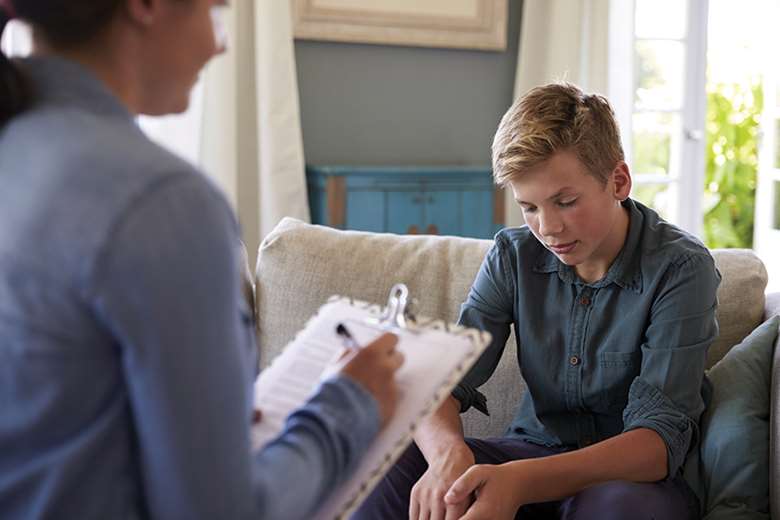We must end the postcode lottery of mental health support
Allen Joseph
Tuesday, December 19, 2023
Picture this: You’re 17, grappling with the weight of a mental illness – a struggle shared by one in five of your peers.

Your lifeline comes in the form of a referral to community mental health services – that’s if you’re fortunate enough to be seen by your GP – but instead of immediate treatment you find yourself thrust into a system with a long waiting period – a staggering six weeks on average – before talking therapy even begins. And as you start your journey, the (limited) available data paints a bleak picture – only a minority of young service users will see improvements by the end of specialist treatment.
Now picture your friend, a short distance away in a neighbouring local authority, facing an entirely different reality. A swift response awaits them – just under two weeks, or 13 days, before their therapy sessions begin. But the discrepancies don't end there. Unlike your unsupported wait, they are presented with a range of options whilst they wait for therapy to begin. Regular check-in calls and digital mental health support are at their disposal. Your friend’s treatment programme is also rich with options, unlike your experience which is confined to cognitive behavioural therapy or self-guided help.
The contrast in these experiences highlight the reality of the mental health services landscape. In England, the support you get for your mental health depends on where you live – a stark reality for over 1.2 million teenagers with a mental illness.
Recent research by the Education Policy Institute (EPI) reveals wide geographic inequalities in the provision of services, seemingly determined by nothing more than a map boundary. From support after a mental health crisis to the support whilst on a waiting list for specialist treatment, inequalities are stark.
For instance, in some parts of the country, young people waiting for treatment were merely informed of charities working in the area whilst in others they were also offered online support and carefully supported with a key worker who checked in on them and their parents. In other areas, there were drop-in wellbeing cafes. This discrepancy in support during waiting times is not merely a matter of convenience; it may be key in preventing young people from A&E admission as evidence suggests that mental health worsens while on waiting lists.
Although there is a national ambition to offer continued mental health support for young people up to age 25, this is still not the case in the majority of the country. In many areas, there is still a ‘cliff-edge’ of support after a young person turns 18. Ageing out of children’s mental health services can be tough. The transition to adult services can introduce new challenges, as young people may lose familiar faces and the stopwatch resets as they wait for adult services. The transition also coincides with significant milestones and changes in a young person’s life, like shifting from school to work or higher education, figuring out their identity, and navigating new relationships.
It's not all bad news. Looked-after children are increasingly experiencing a system where social care and mental health professionals in their life talk to each other. This is true for many parts of the country. However, coordination of support for young people with other vulnerabilities – including asylum seekers – varies massively nationwide.
There’s no simple or quick solution to the postcode lottery. Put simply, we need to figure out why some areas offer more comprehensive mental health provision for young people than others. This goes beyond simply comparing budgets and requires investigating and comparing the different choices each area makes. In a context of limited funding and resources, the choice to fund something is also the choice to not fund something else. Is community care being funded at the expense of emergency care at A&E? Is universal mental health promotion lacking resources whilst targeted mental health support is prioritised? For many commissioners, it's a juggling act, and we need to uncover how these decisions trickle down and impact the mental health and wellbeing of young people.
The pandemic dramatically changed the trajectory of young people’s mental health. In 2017, one in eight young people had a mental illness. Today, that figure sits at one in five. The government is yet to update policies targeting children and young people’s mental health. In spite of the wealth of evidence exposing the (often lifelong) consequences of mental illness in early life, inequalities in access persist. Without swift action, the government will condemn the country to being a nation in which the lines on a map separating local areas determine the level of support vulnerable young people receive. If we are to judge a nation by how it treats its most vulnerable, then we cannot let such arbitrary divisions create such inequalities – we must overcome them.
Allen Joseph is a researcher in the EPI’s mental health and wellbeing team.




